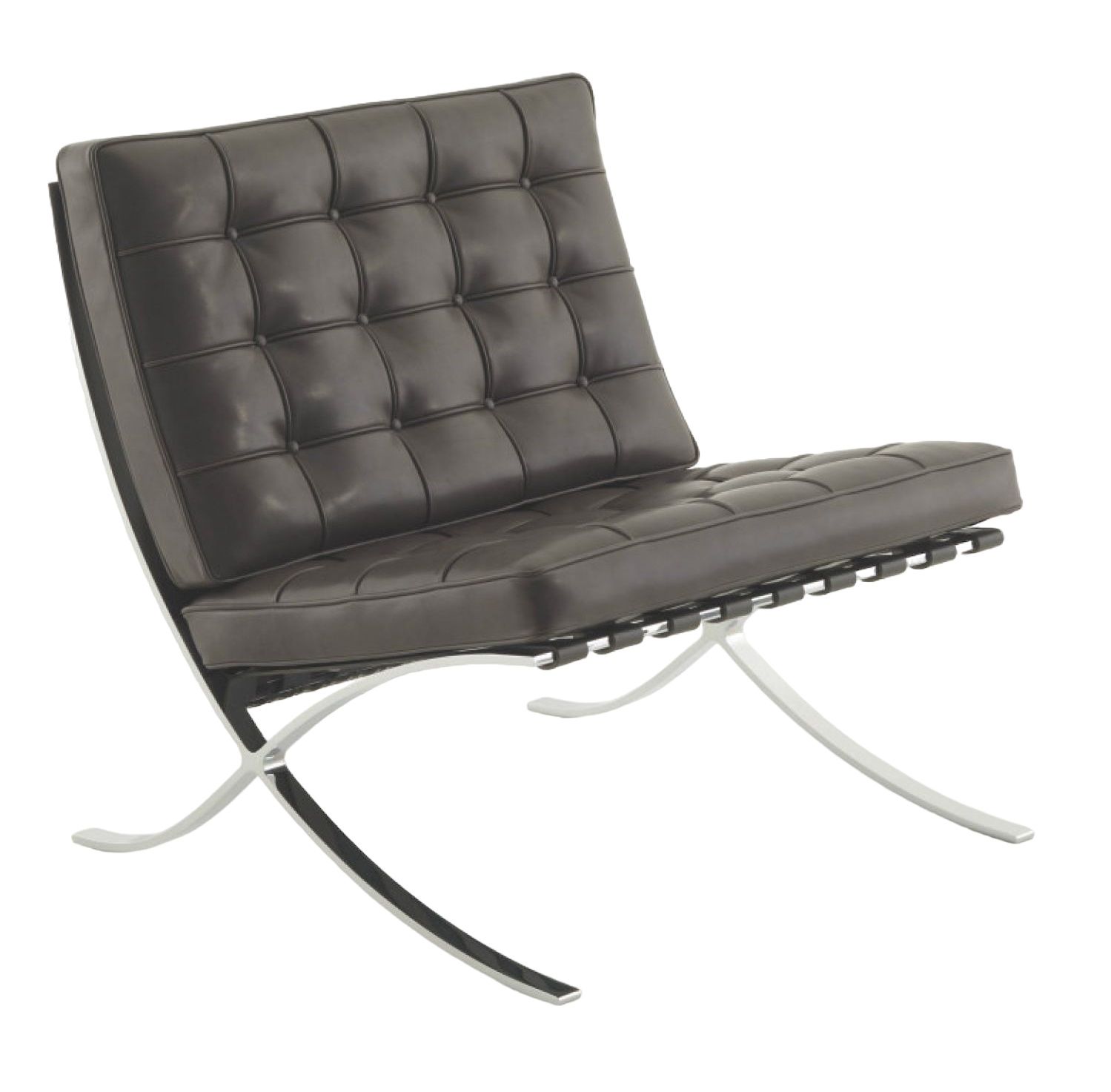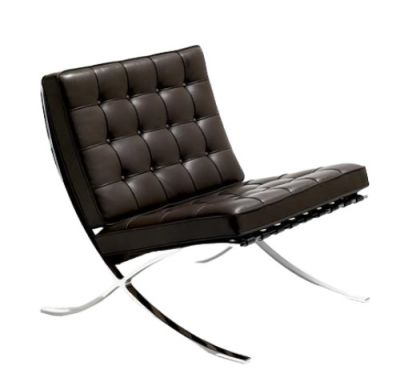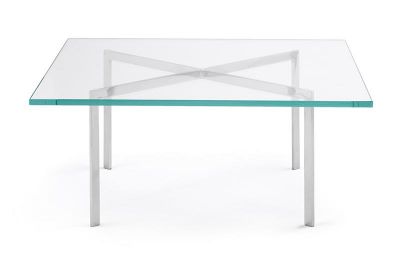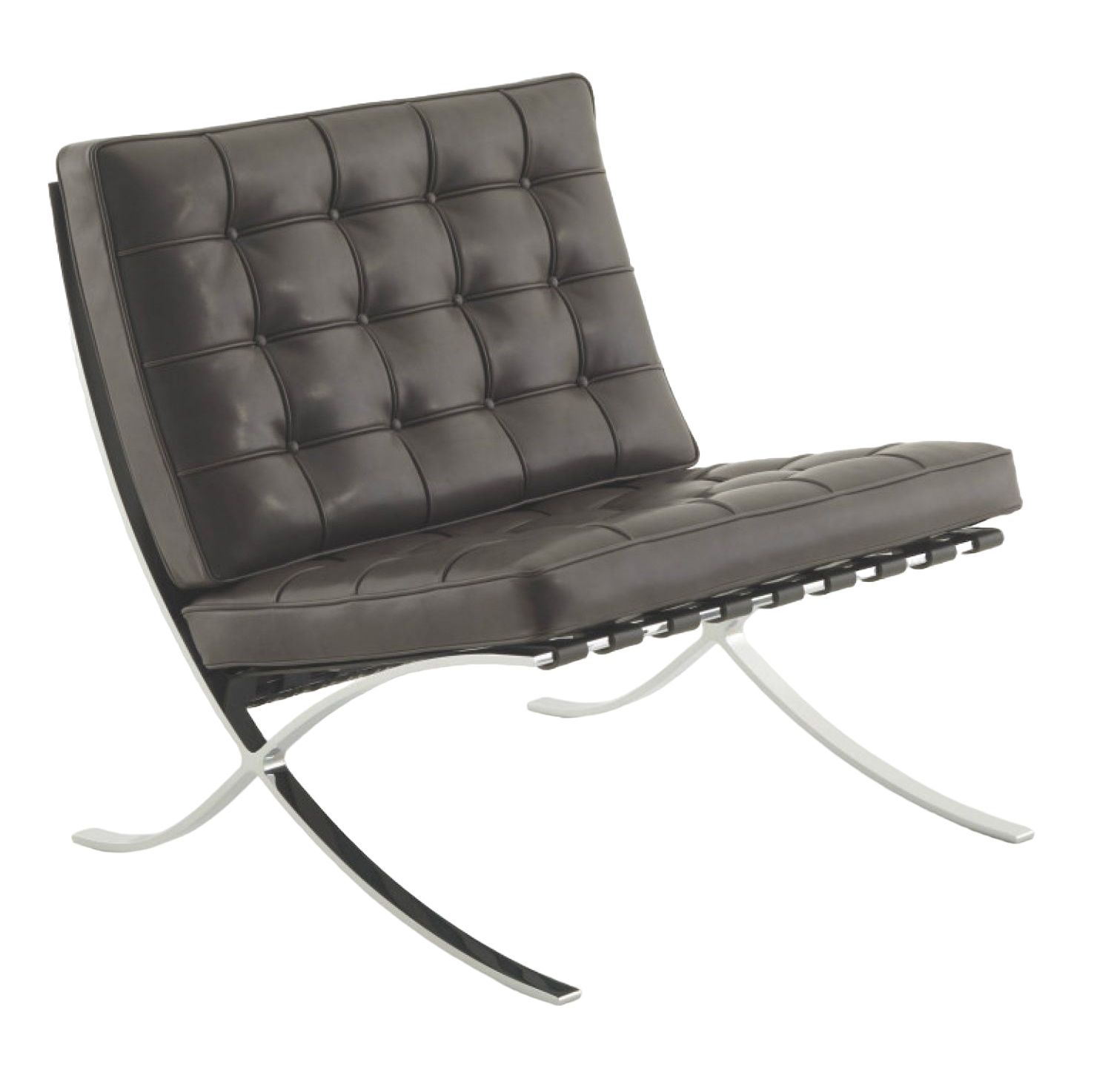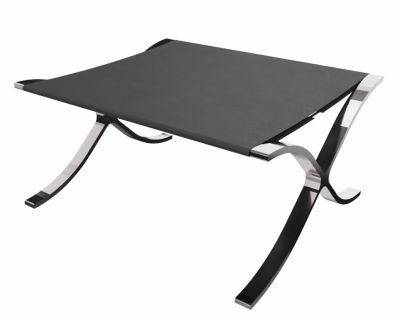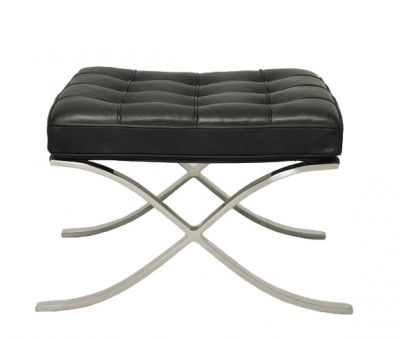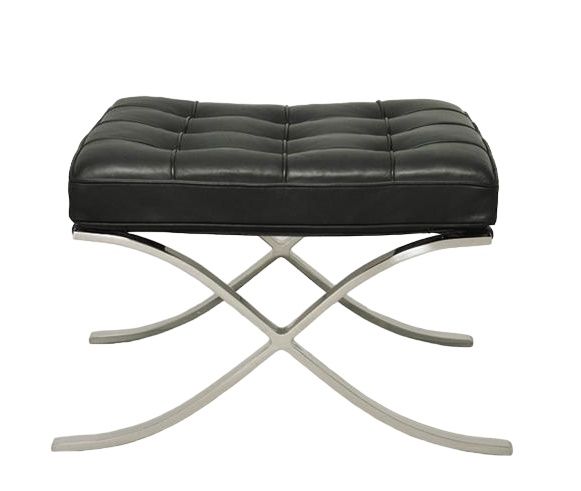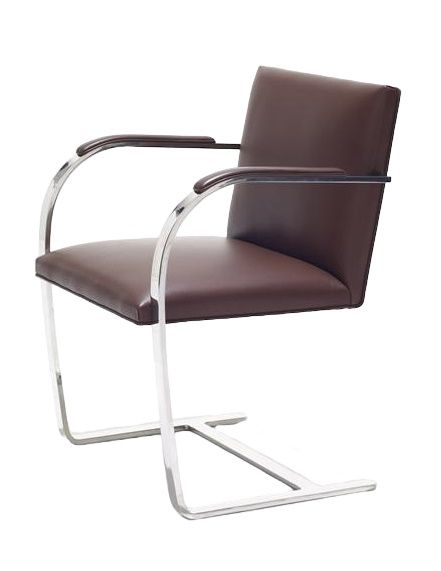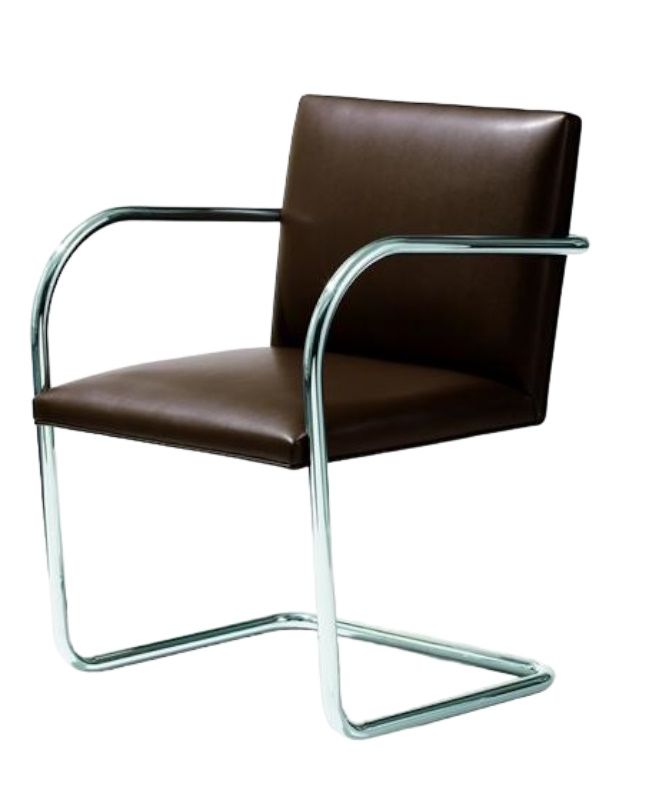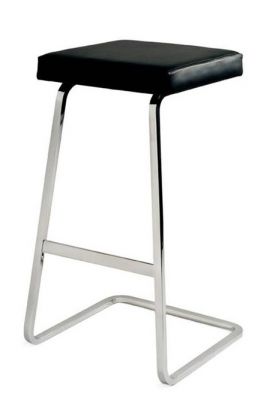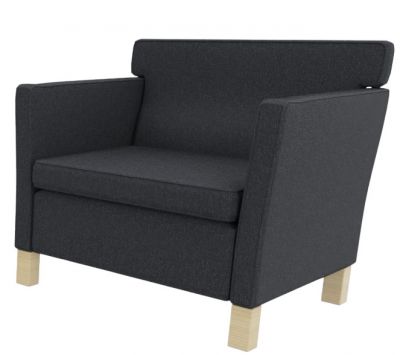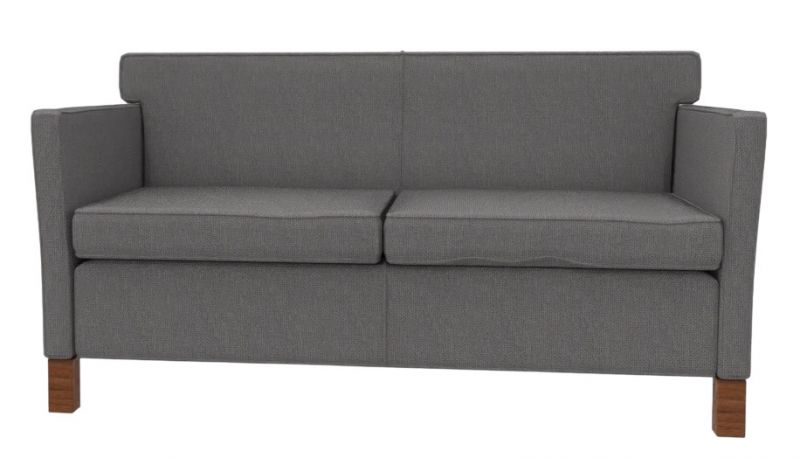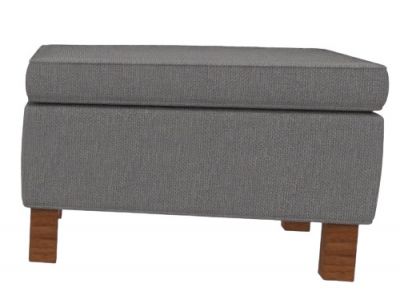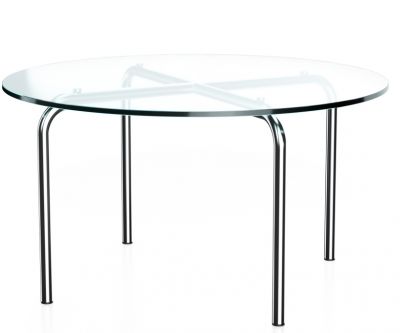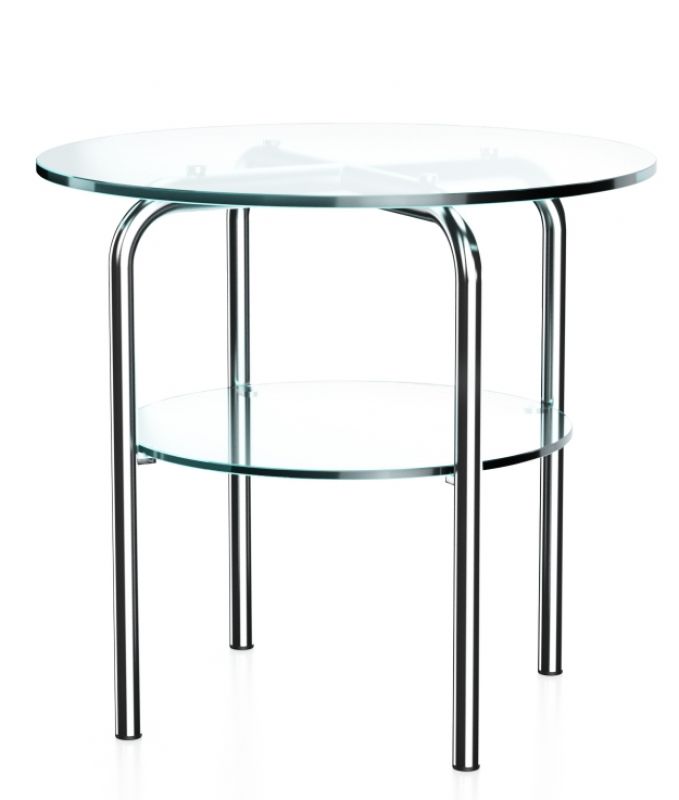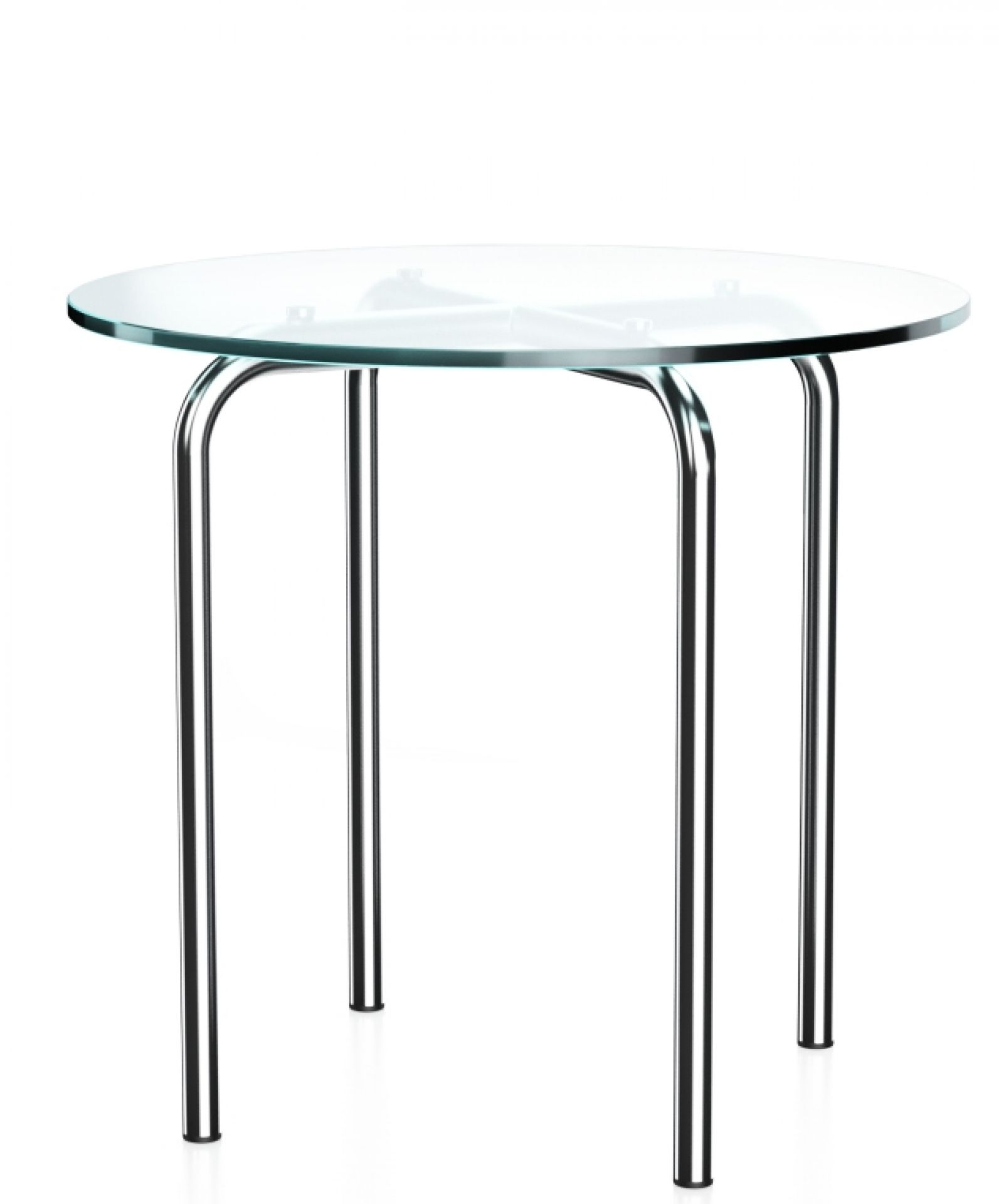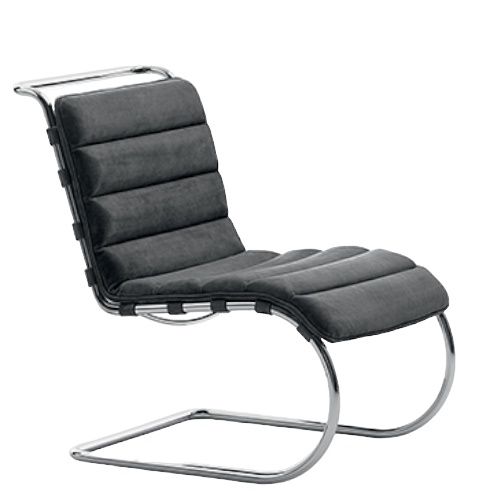Mies van der Rohe
US$2,399.09* US$1,436.47*
In stock
An overview of his life's work
Ludwig Mies (artist's name "van der Rohe") was born in Aachen in 1886 and died in Chicago in 1969. After an apprenticeship as a stonemason, Mies van der Rohe studied in Berlin and worked with Walter Gropius and Le Corbusier in Peter Behrens' architectural office from 1908 to 1911. 1913 he opened his own architectural office in Berlin and, after the end of the First World War, created spectacular designs for skyscrapers, which attracted attention with their glazed exterior façades. Mies van der Rohe designed the German pavilion for the 1929 World Exhibition in Barcelona.
in 1937, he emigrated to the USA and founded his own architectural practice in Chicago. From 1946 to 1959, Mies van der Rohe created highly regarded buildings in the USA such as the Farnsworth House in Illinois, the Lake Shore Drive Apartments in Chicago, Crown Hall in Illinois and the Seagram Building in New York.For the city of Berlin, he designed the New National Gallery in the early 1960s. As a furniture designer, Mies van der Rohe created the famous cantilever chair "B 42" of seamless cold-drawn tubular steel in 1927. It was later produced by Tecta and in variations by the companies Knoll and Thonet. in 1929, Mies designed the Barcelona armchair (by Knoll), the Barcelona stool and the Barcelona chaise longue for the German Pavilion in Barcelona. Also in 1929, Mies van der Rohe designed the rear-legged armchair Brno 2 (by Knoll). Other designs include the "Weißenhof Armchair", the "Adjustable Lounger", the "Side Table" with smoked glass top and the "Couch".
Mies van der Rohe received numerous international design awards, including the Art Prize of the City of Berlin (1961) and the Gold Medal of the Association of German Architects (1966).

